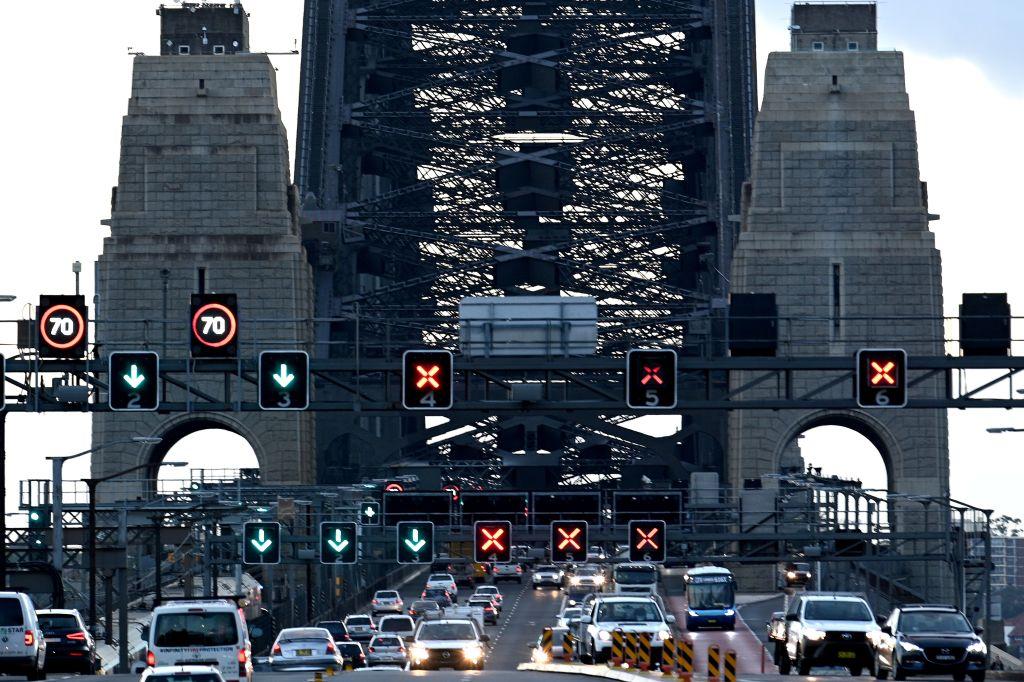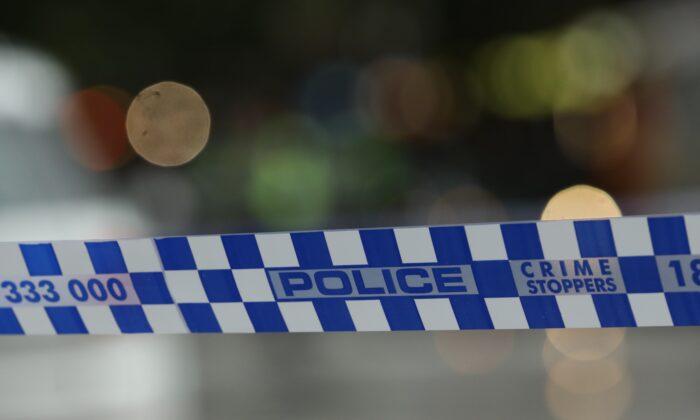A gas code of conduct will enforce fair prices and support the power supply as energy ministers back more resources for electricity grid connections.
But the Energy Security Board of top officials will be scrapped from July 1 and replaced with a new fit-for-purpose body, ministers announced on May 19 after meeting in Alice Springs.
It will include the heads of the three energy market bodies with the energy commissioner of the competition watchdog as an observer to get a better grip on gas supply, retail markets and consumer protections.
“A new government with a new agenda has new needs,” federal Energy Minister Chris Bowen said.
The development of the Beetaloo Basin, described as a “carbon bomb” by activists, will be thrashed out in July when energy and climate ministers meet in Tasmania.
Onshore fracking in the basin could be under way as early as 2024 after the territory government lifted a five-year moratorium this month.
“The Northern Territory (NT) government has their responsibilities, we have a separate set of responsibilities,” Bowen said.
About 500 km southeast of Darwin, the basin contains an estimated 500 trillion cubic feet of gas, making it one of Australia’s most energy-rich areas.
“We have amended the safeguard mechanism to require net zero scope one for all shale gas, which the Beetaloo is,” Bowen said.
“But we also recognise that for scope two and three (emissions from its use and export), it’s a much bigger and more complex task, and ministers will look at that.”
The NT government says it has no jurisdiction to offset greenhouse gases from consumption in other states or from exporting the gas.
Instead it will require companies applying for production licences to submit plans on reaching net-zero emissions by 2050, fulfilling an earlier government promise.
Speeding up grid connection and network access have been the top concerns for renewable energy investors in recent years, with calls for improvement.
“Any new advisory body must focus on reducing complexity and increasing collaboration because we have no time to waste,” the Clean Energy Council said.
The rollout of renewable energy projects and transmission is slower than required for the target of 82 pecent renewable by 2030.
And high-profile projects such as Snowy Hydro 2.0 and the Kurri Kurri gas plant that were intended to support the exit of coal from the electricity grid are already delayed.
Ministers gave the Australian Energy Market Operator (AEMO) extra resources to accelerate the connection of projects for the 2023-24 summer.
Clean energy projects and investments will also be a priority to support remote NT communities and Indigenous people.
Bowen said replacing diesel generators with solar-powered microgrids—with the right battery backup—could provide healthier and more affordable energy in remote communities and in town camps.
AEMO warned significant investment in storage and renewable energy will be required to maintain reliability to 2030, while major transmission and pumped hydro projects are completed.
Ministers agreed that the national Capacity Investment Scheme with the Commonwealth underwriting investment, and the development of a National Renewable Energy Supply Chain Action Plan, are priorities.
Announced in the May budget, the scheme aims to unlock at least $10 billion (US$6.6 billion) of new investment and six gigawatts of dispatchable power through a series of tenders.
Ministers agreed last year to incorporate emissions reduction into national energy laws, and that will be legislated in coming months.
A mandatory gas code of conduct is expected in June, according to the communique.





